Anycubic Kossel E3D V6 Upgrade
This is the best E3D V6 upgrade for Anycubic Kossel you can find on the internet.
The printed effector is much lighter than the original one which helps with ghosting and other problems.
This effector also uses original leveling probe, so auto leveling will still work.
5015 fan with dual cooling duct solves problems with cooling and V6 hot end is capable of melting twice the filament as the original V5 so you will be able to print two times faster.
Order a V6 hotend
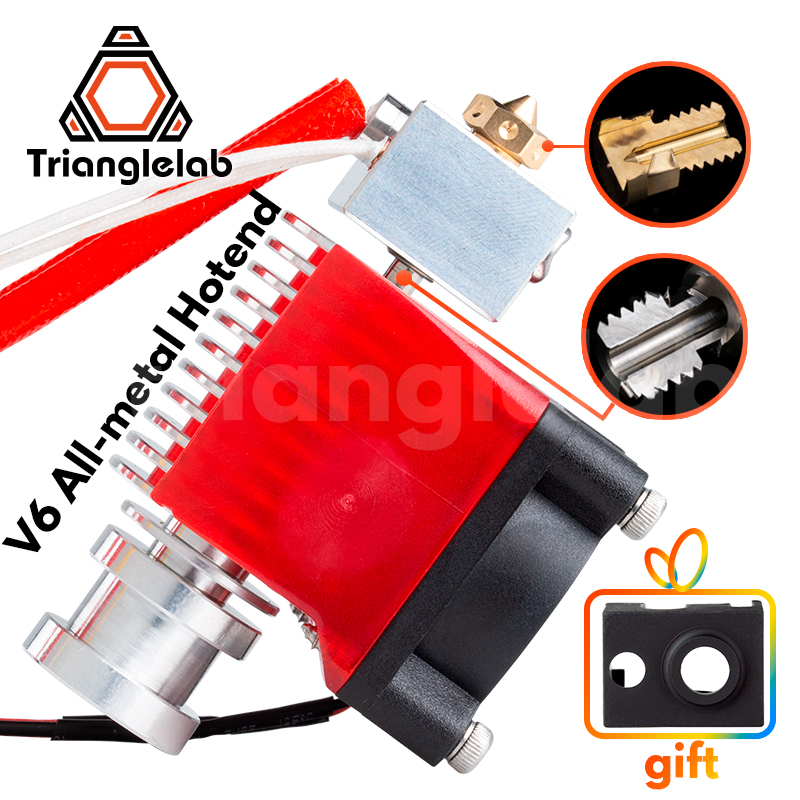
TriangleLab V6 complete set
You will need a good quality V6 hot end set. I prefer Trianglelab, because their products are well tested by thousands of people and I use it on multiple 3D printers without any problems. Do not forget to choose the correct type.
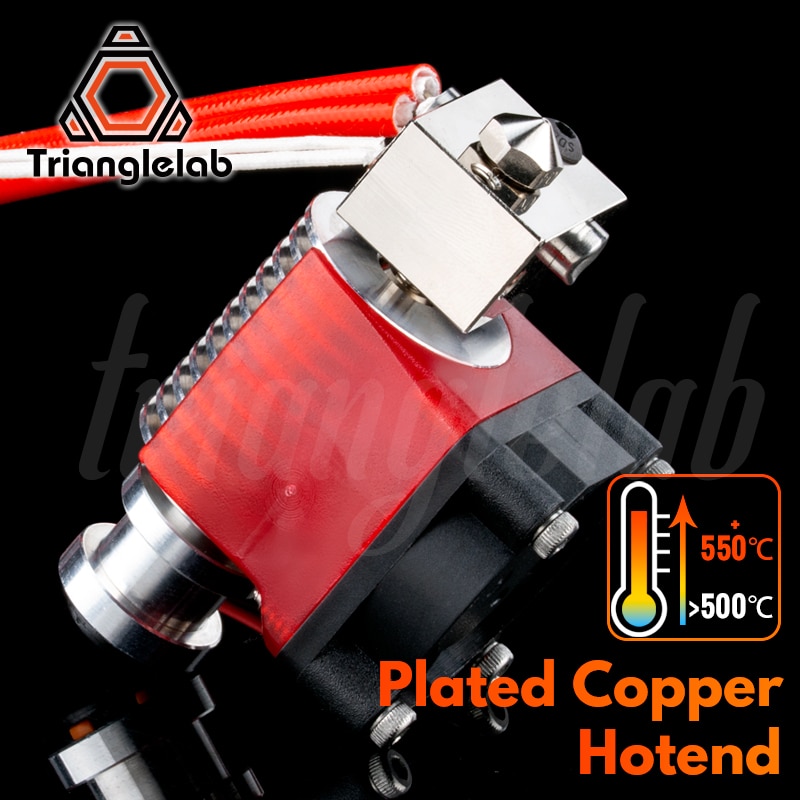
TriangleLab V6 complete set
If you want even better hot end, you can buy this one. Hot end and nozzle are made from copper and are plated with a very hard nickel material.
This guide should help you with selecting the correct heat break for your printer.
I personally print only PLA on this printer and usually use PTFE or bore type.
Also choose 12V version if you use original power supply and you did not modified the printer for 24V.
Order a 5015 cooling fan
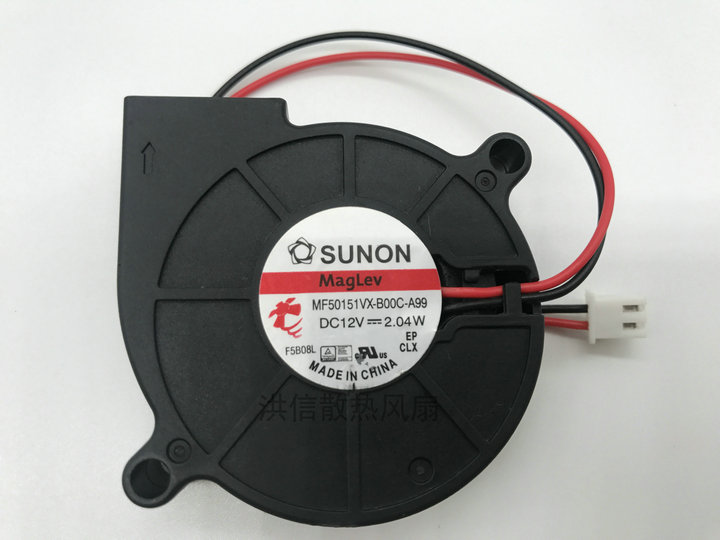
Sunon 5015 cooling fan
Good cooling fan is necessary for good printing results. I have tested a lot of them and these two are winners. Sunon is one of the best fan brands, but is kind of pricy.

3D-Spring 5015 cooling fan
You can also buy cheaper cooling fan such as this, but it will be louder and the CFM (air flow) will be lower.
Order new PTFE tube
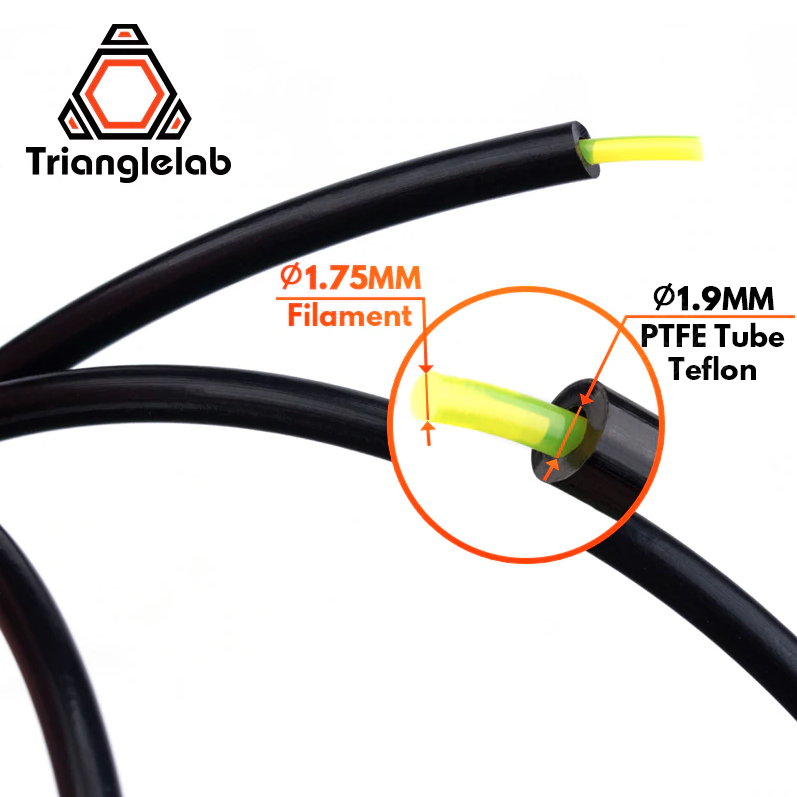
PTFE (bowden tube)
Order new , good quality PTFE tube (bowden). This one works very well and can withstand 250-260°C.
Download stl files
Download these stl files made by Robert Schmiedt (rosch8) from Thingiverse.
Slice it and print it
I highly recommend printing these parts with ABS/ASA or PLA-HD (high temperature resistant).
Standard PLA or similar material will bend due to the high temperature.
Prepare it for assembly
Start with removing these “legs” with a sharp knife.
These parts are there against warping – the corners stay where they should and do not bend upwards.
Remove as many brims as you can with your hand.
Use a deburring tool or a sharp knife and remove any remaining brims.
Remove all plastic parts sticking out.
Tap the threads
Use a 2.4 – 2.5 mm drill and drill all these 15 holes that will be used for M3 thread.
Use a M3 screw tap and tap all those 15 holes.
Glue the fan holder part
Take a super glue from UHU or another brand and glue this part to the effector.
Effector assembly
This is the V6 hot end kit from Trianglelabs.
All parts you need are there, even a thermal paste.
Start with the nozzle.
Insert it into the hot end, tighten it with a hand and loosen it about one turn.
This part is optional, E3D says to apply thermal paste only on the heatsink side, but I have good experience with using it on both sides, it helped me with clogging PLA in a full metal heat break.
Apply thermal paste on the heat break, insert it into the hot end and tighten it.
Insert set screw into the hot end.
Prepare the thermistor and apply some thermal paste on it.
Insert thermistor into the hot end and tighten the set screw.
Take the M3 screw and screw it into the hot end.
Apply thermal paste on the heating element and insert int into the hot end.
Tighten the screw.
Use thermal paste on the heat break and start screwing the heat sink.
Do not overtighten it – the nozzle could turn and move.
Insert the bowden tube collet and apply the clip.
Tighten the nozzle – this should be done while hot, but it is also possible to retighten the nozzle while the effector will be mounted and wired.
Also if the thermistor is not rotating. If it does, tighten the screw a little bit more.
Start with inserting the cables into the tunnels.
You can also use the larger tunnel for all cables.
Make sure that the hot end is well oriented and the heatsink is all in.
Insert two M3 nuts into the effector.
Use two M3 screws and some washers.
Use the heatsink lock and tighten the screws.
Put the silicone sock on the hot end.
Install both cooling ducts
Install the 5015 cooling fan and tighten it with two M3 screws.
Tighten the 3010 hot end fan with 4 m3 screws.
Tighten the 3010 hot end fan with 4 m3 screws
Do not forget to install the magnetic probe mount with two M3 screws.
Use a long M3 screw and try how far you can tighten it in.
Cut a hose or a shrinking tube that long and put it int the scres to cover the thread.
Put all cables togeher around the screw and use a cable tie.
We will use another tie for a probe cables and connector.
Effector installation
Take out the old effector.
You only need to loosen 6 screws.
Use the tube cutting tool and cut the new bowden (PTFE tube) so the end is straight.
Insert the bowden as far as you can in the heat sink.
It MUST reach to the side of heat break, there must be no space between the tube and the heat brea, it will be clogging otherwise.
Install new effector.
Tighten all 6 screws and if some thread “breaks” and the screw will be just turning, you can use a longer screw or apply some super glue into the hole in the effector and tighten the screw, it will hold after the glue dries.
Do not forget to insert the new bowden into the extruder.
Wiring
Simply wire the new effector the same way as the old one. Nothing changes.
It is possible that you will have to solder some cables, usually from the cooling fan to make them longer.
This part is still in a progress.
PID calibration
Do not forget to perform a PID calibration!
Delta calibration
And also perform a delta calibration.
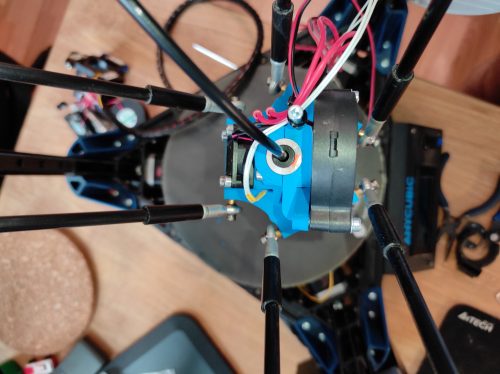

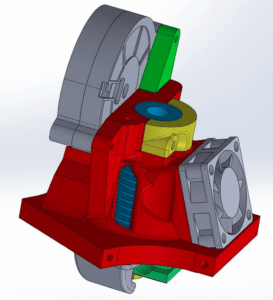

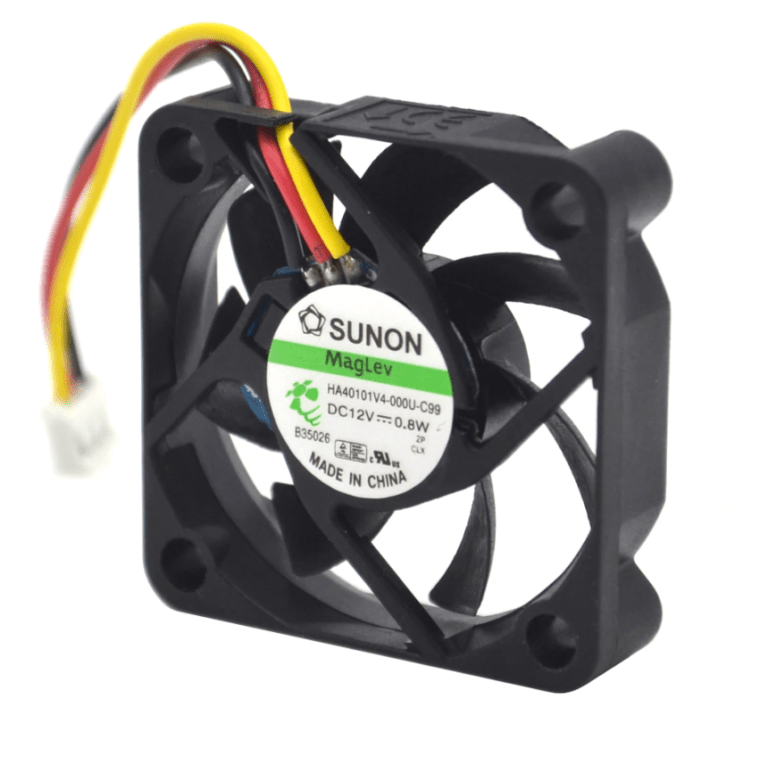
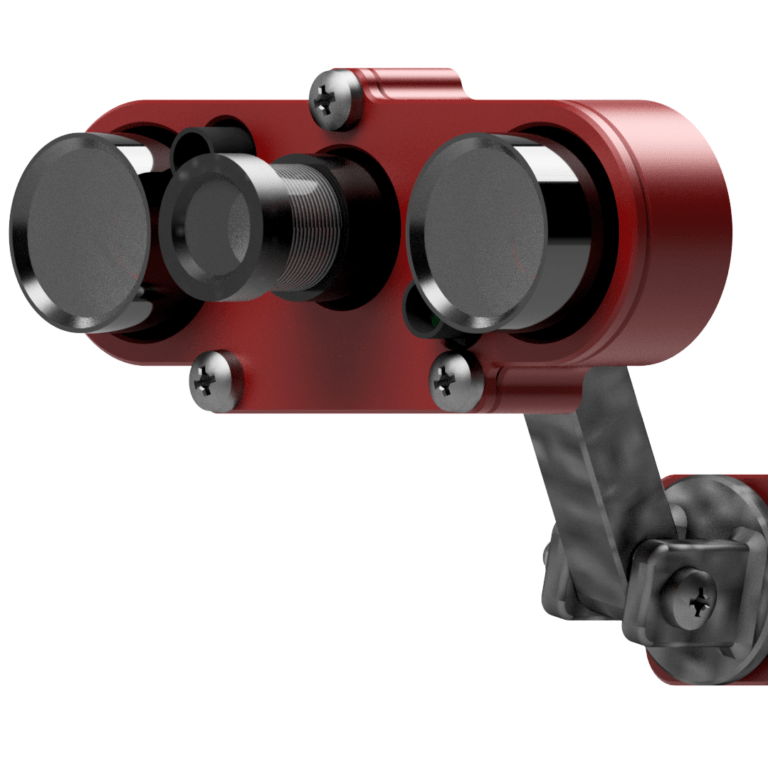
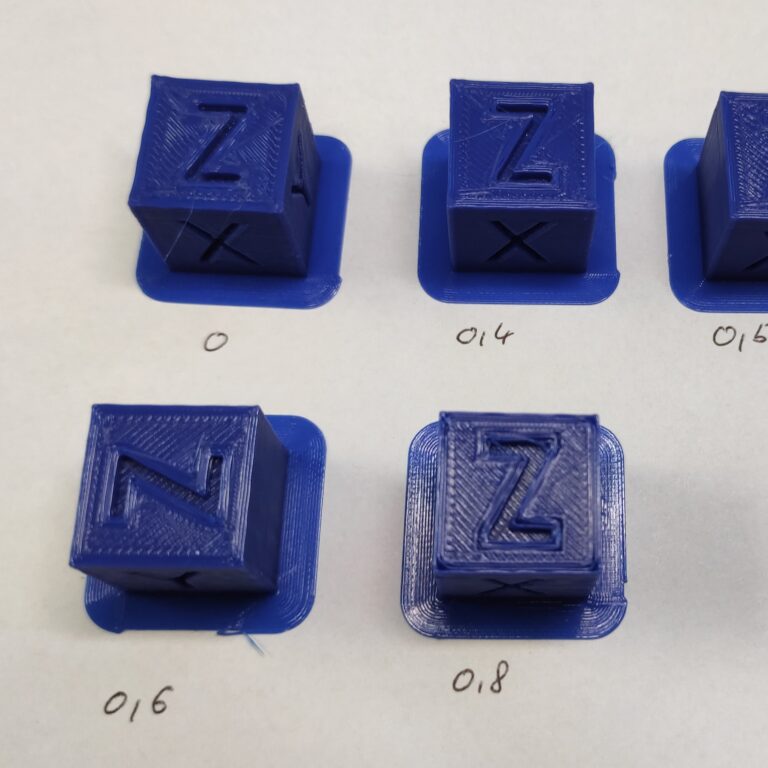
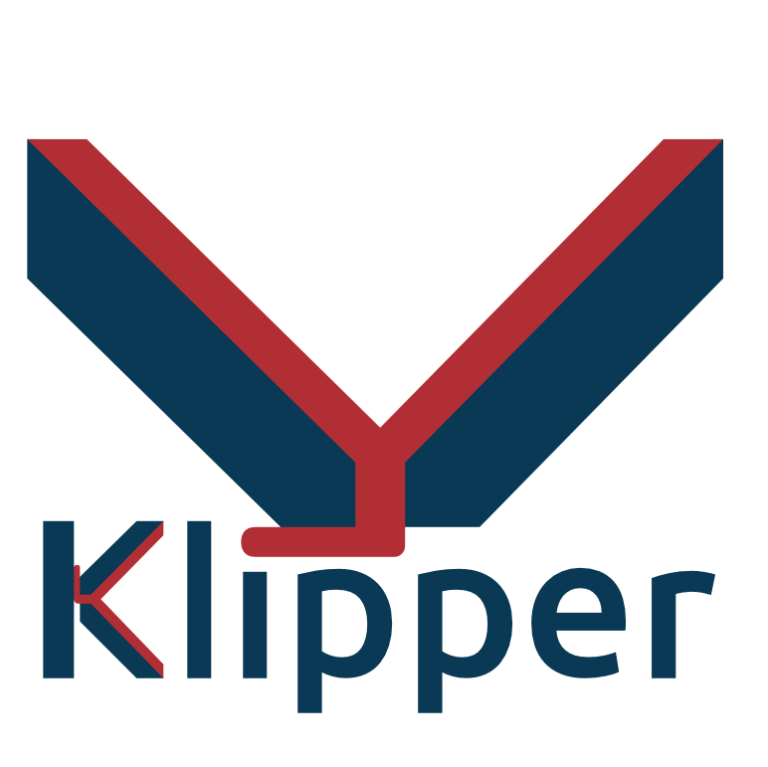
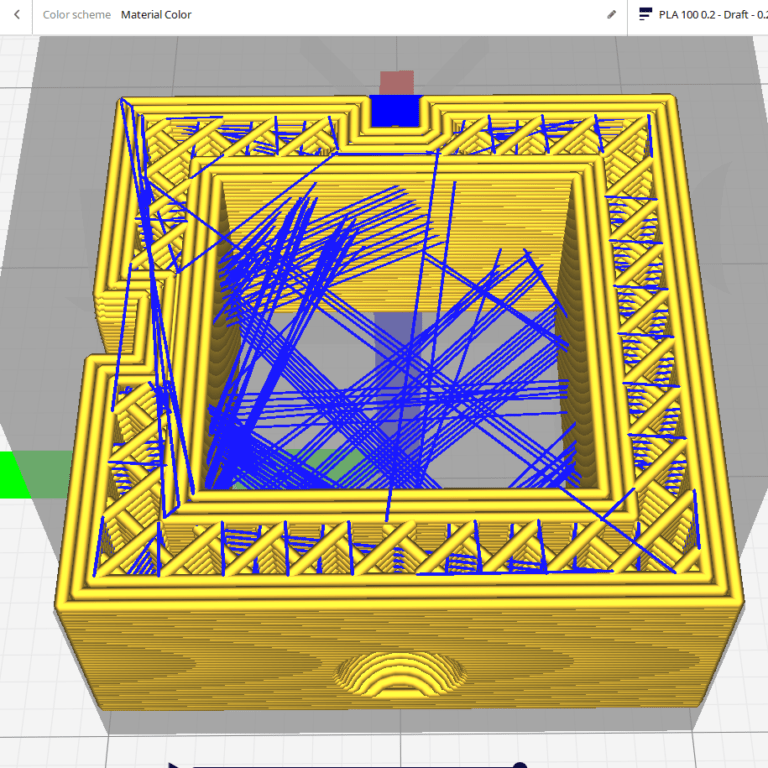
Hi Lukas,
I’d like to ask: what are your retraction settings for successful prints with PLA?
Hi, I have been using 4mm retractions with 30mm/s.
Hi Lukas,
In this guide multiple times you say use M3 bolts, but you never state their length (that I am aware of). Would you please reply with a parts list? As in:
2x M3 10mm
3x M3 8mm
2x washers (size)
Thanks in advance!!